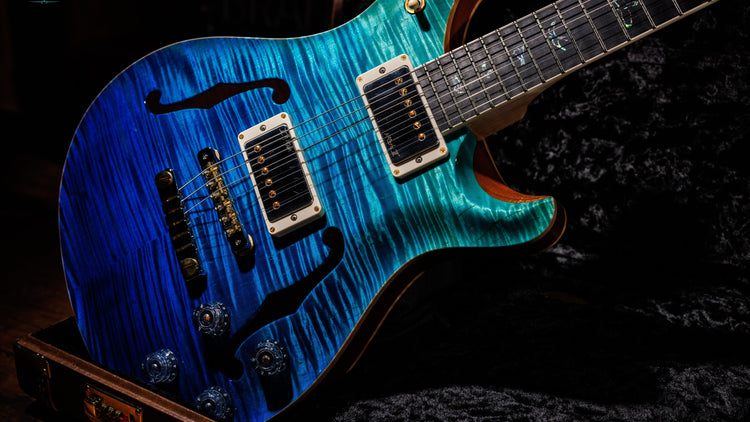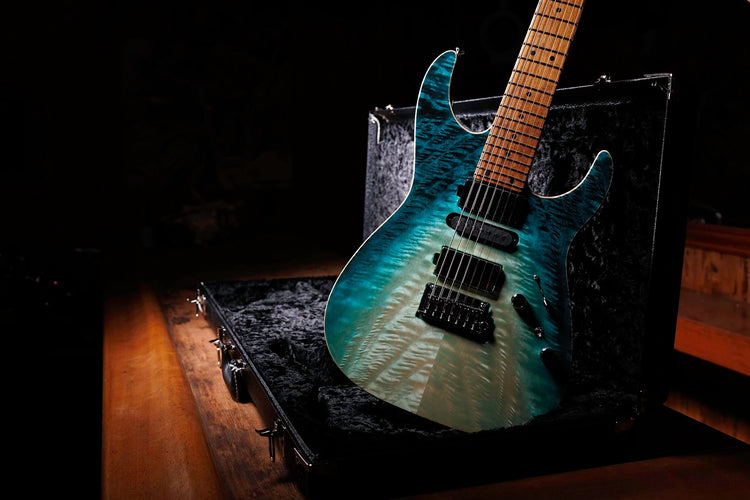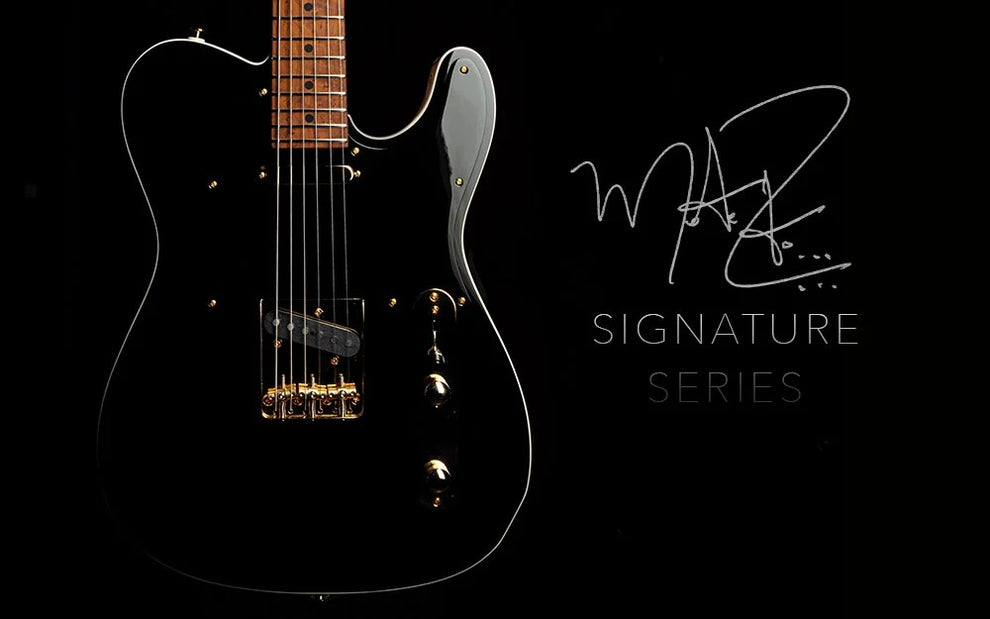
The Legacy of the Gibson Les Paul: A Guitar Icon
Introduction
The Gibson Les Paul guitar is not merely an instrument; it's a cultural phenomenon, a sign of rock 'n' roll, and a necessary tool for musicians across categories. From its beginning in the early 1950s to its long-lasting popularity today, the Les Paul has actually left an indelible mark on music history. With its warm tones, unique style, and unmatched adaptability, the Gibson Les Paul embodies whatever that a terrific guitar must be.
In this comprehensive post, we will look into the legacy of the Gibson Les Paul, exploring its history, development, and impact on different musical designs. We will also touch upon its close cousin-- the Gibson SG-- and how these 2 iconic guitars have actually shaped the sound of modern-day music.

The Tradition of the Gibson Les Paul: A Guitar Icon
The story of Best Les Paul for Rock the Gibson Les Paul begins in 1952 when it was initially presented to the general public. Developed by popular luthier Ted McCarty and backed by legendary guitar player Les Paul himself, this guitar rapidly gained traction amongst artists for its distinct sound and visual appeal. But what makes the Gibson Les Paul such a revered instrument?
The Birth of a Legend: Early Designs and Features
When speaking about "The Legacy of the Gibson Les Paul: A Guitar Icon", we can not neglect its initial design features. The initial designs were crafted from solid mahogany with a carved maple top, providing not just striking visuals however also rich tonal qualities.
- The combination of mahogany and maple offered heat and sustain.
- The weight of the body added to its resonant sound.
- The set neck joint enabled smooth access to greater frets.
- The rounded neck profile made it comfy for players.
- Equipped with PAF (Patent Applied For) humbuckers, which offered a thick sound with less hum.
- These pickups ended up being synonymous with timeless rock tones.
Evolution Through Years: Changes in Design
Over time, the Gibson Les Paul went through a number of changes-- both cosmetic and functional-- to adjust to differing musical trends.

-
1960 s Innovations: During this era, slimmer neck profiles were introduced in addition to customized surfaces that appealed to more youthful artists.
-
1970 s Challenges: The company faced challenges due to economic downturns resulting in quality control issues.
-
1980 s Resurgence: As rock music exploded in appeal again, so did interest in vintage guitars like the Les Paul.
The Impact on Music Genres
So why has the Gibson Les Paul stayed relevant through all these years? It's largely due to its versatility across various categories:
Rock & Roll: Artists like Jimmy Page and Eric Clapton popularized its usage in rock music.
Jazz: Legends like Wes Montgomery utilized it for jazz's intricate melodies.
Metal: Heavy metal icons like Slash leveraged its power for aggressive riffs.
Why Is It So Coveted?
Guitarists frequently ask what sets the Gibson Les Paul apart from other guitars like Gibson SG guitars or Fender Stratocasters. Here are some factors:
- Unique tonal attributes distinguish it from other electric guitars.
- Its historical significance makes it a preferable collector's item.
- The craftsmanship included appeals to serious musicians who appreciate quality.
Key Features That Defined Its Legacy
Classic Color Options
One can not talk about "The Tradition of the Gibson Les Paul: A Guitar Icon" without mentioning its unforgettable color alternatives:

- Sunburst Finish: This timeless appearance stays one of the most looked for after.
- Goldtop Model: Presented as a more elegant alternative.
Signature Designs That Formed Its Identity
Numerous signature models have emerged gradually:
- Known for flexibility in tone and playability.
- Often referred to as "the tuxedo," including classy appointments.
- A simpler build that focuses on raw tone over embellishments.
Endorsements that Elevated Its Status
The impact of popular artists can not be overstated:
- Artists such as Slash from Guns N' Roses made their mark using a Les Paul.
- Other noteworthy users include Joe Perry (Aerosmith) and Gary Moore (Thin Lizzy).
Comparing with Other Icons: The Gibson SG Guitars
While going over "The Legacy of the Gibson Les Paul," it's important not to neglect another renowned model-- the Gibson SG guitars.
Design Differences In between Les Paul and SG
- While both are solid-body electrics, the SG offers a double-cutaway style that enables much easier access to higher frets.
- The SG is usually lighter than the Les Paul due to its thinner body construction.
- SGs tend to produce brighter tones compared to the warmer noises associated with conventional Les Paul's humbucker pickups.
Common Artists Utilizing Both Models
Many artists switch between Les Paul Frets and Action these two models depending on their efficiency needs:
- Angus Young (AC/DC) is famously known for his usage of both guitars throughout his career.
This flexibility shows how both instruments serve specific aesthetic or tonal function while maintaining individuality within one's playing style.
FAQs
What makes the Gibson Les Paul unique compared to other electrical guitars?
The special mix of products used in crafting a Gibson Les Paul contributes significantly to its warm tone and sustain that many other electrical guitars can't duplicate effectively.
How did star endorsements affect sales?
Celebrity endorsements played an essential function in elevating not just awareness but likewise demand among aiming artists looking up to their idols.
Are there various types of pickups offered for these models?
Yes! There are different types consisting of Les Paul Rosewood Fretboard P90s or aftermarket options permitting players customized versatility.
Why do some guitar players prefer vintage models?
Vintage models frequently provide distinct tonal qualities thanks mostly due their aged elements which can improve resonance.
Can novices start with a Gibsons model?
While they're excellent instruments, newbies may find them expensive; however investing early could foster ability development.
Do all Gibsons come equipped similarly?
No! Depending on design specs-- like surface or electronic devices-- there are different configurations offered catering diverse preferences.
Conclusion
In conclusion, "The Tradition of the Gibson Les Paul: A Guitar Icon" is not simply about workmanship; it's about how this instrument has changed lives through music throughout generations given that 1952 until now! Whether you're a hopeful musician trying to find inspiration or a knowledgeable player seeking rich tones-- the indisputable appeal behind each strum echoes throughout rock history leaving long lasting impressions all over!
As we've checked out throughout this short article-- from design functions affecting sound quality down through well known recommendations-- there's no doubt why a lot of gravitate towards owning one today!
Ultimately owning any design regardless if it's classic OG versions or modern iterations will constantly evoke enjoyment amongst fans alike showing timelessness lies at heart every player's journey together!